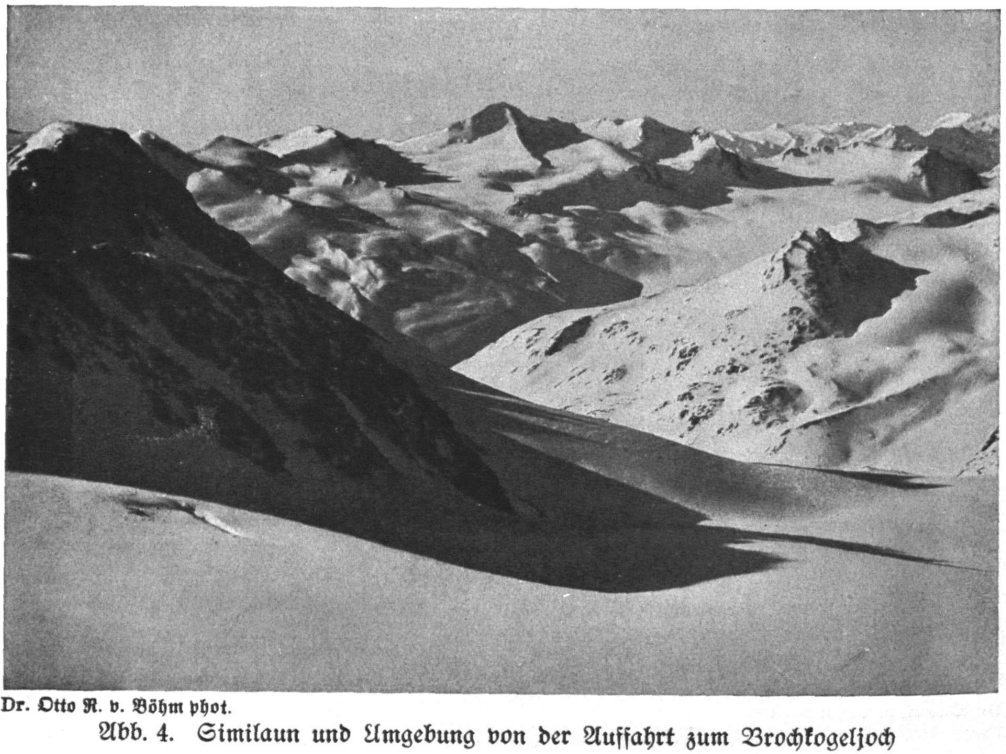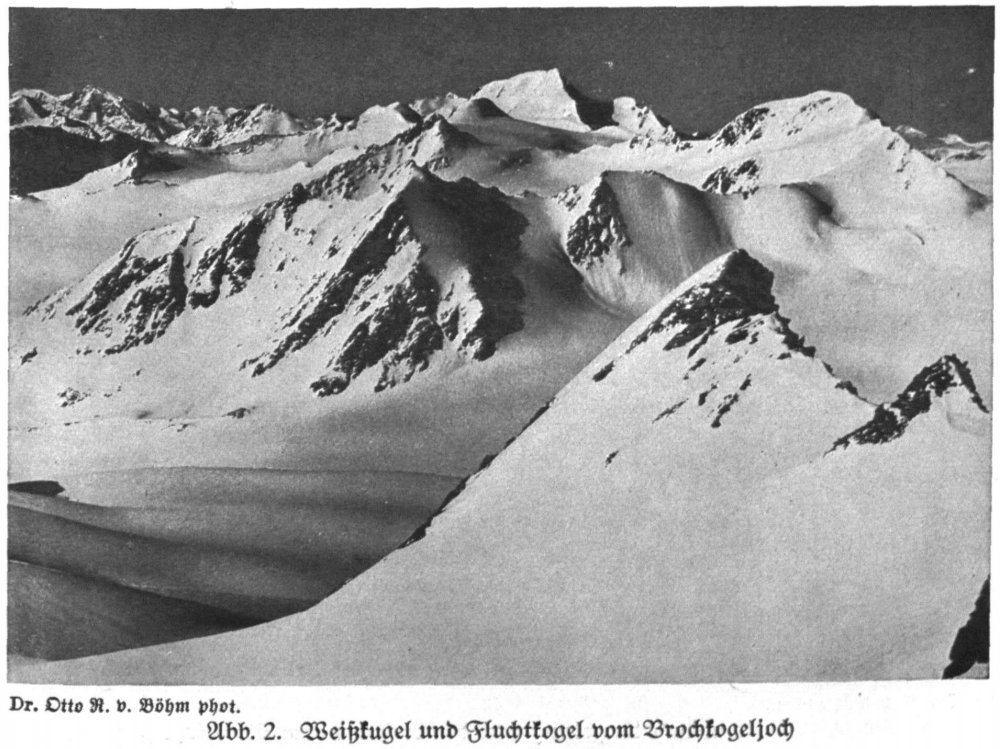Winter- und Frühlingsfahrten beiderseits des Inns
von Sepp Zangenfeind
Breit und behäbig, wie seiner Bedeutung wohl bewußt, wälzt der untere Inn seine Wasser durch das weite Tal der nördlichen Tiroler Grenze zu. Dem stolzen Fluß folgt seit altersgrauer Zeit eine Hauptstraße des Völkerverkehrs, auf der im Laufe ungezählter Jahrhunderte eine gar bunte Menge stromauf- und flußabwärts zog. (...)
Die ragenden Berge zur Linken und Rechten hatten keinen Reiz für die Fahrenden. Die schroffen Wände der nördlichen Talseite mögen ihnen eher Schrecken eingeflößt, als ihre Aufmerksamkeit erregt haben, die ungeheuren Wälder auf der anderen Talseite bargen dereinst gewiß allerlei Gefahren: Meister Petz hauste dort und in frühester Zeit ritt wohl von mancher Burg manch kühner Schnapphahn zutal, wenn der Wächter das Nahen eines Wagentrosses gemeldet hatte. Der Berge Segen lockte dann da und dorthin fleißige Knappen, und von stolzen Schlössern zogen kühne Weidmänner zu frohem Gejaide; die Wälder wurden gerodet, der Bauer gewann den Boden für seine friedliche Tätigkeit und allenthalben entstanden Dörfer, Märkte und Städte; so ward allmählich das schöne, breite, wohnsame Unterinntal zu einem der gesegnetsten, reichst kultivierten Täler Tirols.
Aber während unten im Tale der fleißige, strebsame Mensch mehr und mehr Besitz von allem urbaren Boden ergriff, blieben die hehren Berge, soweit ihnen nicht der Bergmann kostbare Erze abbaute oder das dem Menschen unentbehrliche Salz abgewann, in stiller Größe einsame Wächter des betriebsamen Lebens an ihrem Fuße. Außer dem pirschenden Jäger kamen nur selten Vereinzelte auf die sonnigen Höhen, für deren Schönheit und Reichtum den Menschen noch der Sinn fehlte. Erst eine verhältnismäßig ganz junge Zeit hat dann der Menschheit das Verständnis für den unschätzbaren Born hehrster Freuden gegeben, als den wir heute die Berge lieben, und neue Scharen beleben nun die alten Heerstraßen, von denen sie ausziehen auf die geliebten Berge und vordringen in alle Seitentäler, mit jauchzendem Glücksjubel die innersten Hochtalwinkel erfüllend.
Und in allerjüngster Zeit sind abermals ganz neue Verehrerscharen den Bergen erstanden: der nordische Schneeschuh hat dem alpinen Winter viele seiner Schrecken genommen und dem Menschen neue, früher ungeahnte, unvergleichliche Schönheiten der Berge erschlossen. Er hat es auch bewirkt, daß so mancher, sonst von den Himmelstürmenden Hochalpinisten kaum beachtete, im Sommer gemütlich begrünte Gipfel mittlerer Höhe auf einmal hoch zu Ehren kam, und daß so manches stille Tal, das sonst selbst im Sommer nur wenige Besucher sah, im Winter aber völlig von der Welt abgesperrt war, nun auf einmal mit oft gar frohem Leben erfüllt wird.
So zahlreich sind schon die Freunde winterlicher Bergschönheit geworden, daß man sogar die Klage vernimmt, es gäbe jetzt auch im Winter noch kaum mehr einen wirklich stillen Winkel. Aber das ist oft Übertreibung. Die weite Alpenwelt wird wohl niemals ganz von menschlicher Unrast erfüllt sein und man braucht manchmal nur wenige Schritte von den gewohnten Wegen der Menge abzuweichen, um eine — wenigstens im Winter — noch fast unberührte Welt zu betreten, wo noch Ursprünglichkeit und jene Stille zuhause sind, die uns in so innige Wechselbeziehungen mit der Natur gelangen lassen.
Eine solche stille Welt sind unter anderen die nur wenig gekannten reizvollen Seitentäler des unteren Inntales, das Alpbachtal, die Wildschönau und die in das untere Brixental mündenden südlichen Talzweige, die Kelchsau mit ihren Gründen und das Windautal. Wiewohl unmittelbar von der Heerstraße des Inntales erreichbar, sind diese Täler und ihre im Winter so wunderbaren Schneegefilde doch der großen Menge ganz fremd.
Doch auch sonst vielbesuchte Gebiete vermögen uns noch alle Reize ungestörter Einsamkeit verkosten lassen, wenn wir ihnen in einer Zeit nahen, da der große Strom der Reisenden noch nicht oder nicht mehr flutet. Ich habe dies oft erprobt, und wenn ich in den nachfolgenden Zeilen von „stillen Bergen des Unter-Inntales" erzähle, so kann ich der Schar in ruhevoller Verlassenheit träumender Berge am rechten Innufer auch die Gipfel der sonst so belebten Rofangruppe zuzählen, die mir im Vorfrühling so Schönes und Unvergeßliches gaben.




